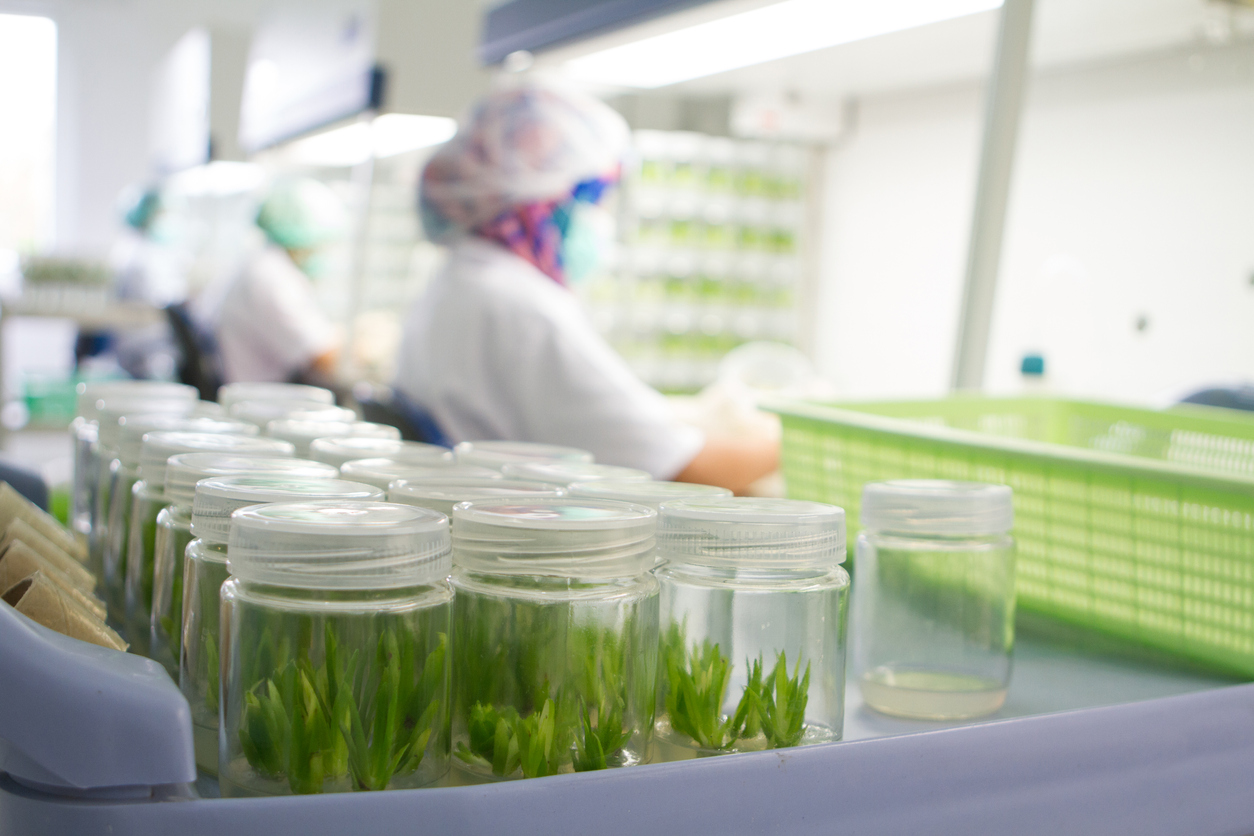The single biggest threat to successful tissue culture is contamination.
Contamination primarily results from one of three sources:
1. Chemical- such as the unintentional introduction of ingredients or omission of essential components.
2. Biological – This occurs when foreign pathogens such as mold or bacteria infiltrate the tissue.
3. Cross-contamination - This occurs when different cells or tissue lines become mixed in error. From cell line maintenance through experiments on invitro cultures, successful tissue culture requires consistent diligence and a proactive approach to prevent contamination and maximize chances for success.
While training and education in best laboratory practices are critical, its scope in successful prevention is limited as even the most seasoned, experienced professional is still human and therefore error-prone. This problem becomes compounded with the potential for fatigue and error introduced when dealing with specimens in bulk, as well as from long hours and different—potentially even complex—maintenance regimens or experimentation protocols.
Designing workspaces to preventatively account for the types of workflow issues and errors that commonly arise can help diminish the risk of contamination—and reduce the damage that results if contamination occurs.
Invest in storage carts and drawers. Purchase units designed to fit your tissue culture lab space, and invest in dividers. As with any space at work or at home, significant issues can result when there not designated spots for items. In the lab, this can cause members to fumble around mid-protocol and introduce errors. Choosing options to fit a particular space ensures accessibility. Mobile or wheeled units provide added flexibility for individual lab members as well as room cleaning.
Segment drawers. This keeps tools like pipette tips handy, lowering the risk that a lab member will leave a bottle, flask, or dish open while they search for something they need mid-protocol. This also helps with maintaining inventory, since it's easier to spot when supplies are running low.
Label all materials and track usage. This includes everything from cultures through the various supplies and solutions used in tissue culture. The maintenance of records can help maximize accountability. Even more important than policing, this allows for the tracking of when potential issues might have arisen—and an understanding of the scope of any problems.
Regularly autoclave. This means that even the storage space and containers used inside of it must be able to periodically withstand autoclaving as well as being left under UV light. While Micro products are also protected with Microban technology to reduce risk, this does not guarantee sterility in the face of spills and other accidents. Adherence to an autoclave schedule can protect laboratory components in situations like spills that aren't spotted immediately.
Wear PPE. Personal protective equipment keeps individuals safe from potentially hazardous bio-materials and substances used in the laboratory setting, but it also protects the sterile work environment from contamination. Placing PPE in organized proximity alongside the workspace facilitates adherence to safety protocols.
Create an anti-contamination routine. Make it simple, perhaps even a checklist, for each team member to use at the start and finish of their tissue culture room usage. This can be designed to target the most significant contamination vulnerabilities in your tissue culture facilities, and it can include inventory assessment as well as waste disposal and routine sterilization. Get creative with the visual cues you use in organizing drawers and shelves.

Metro's wide range of commercial storage offerings can help you find the optimal solution that works for your tissue culture laboratory. Check out the catalog, and reach out to our customer service and sales teams so that we can customize the best option for you.
Source
